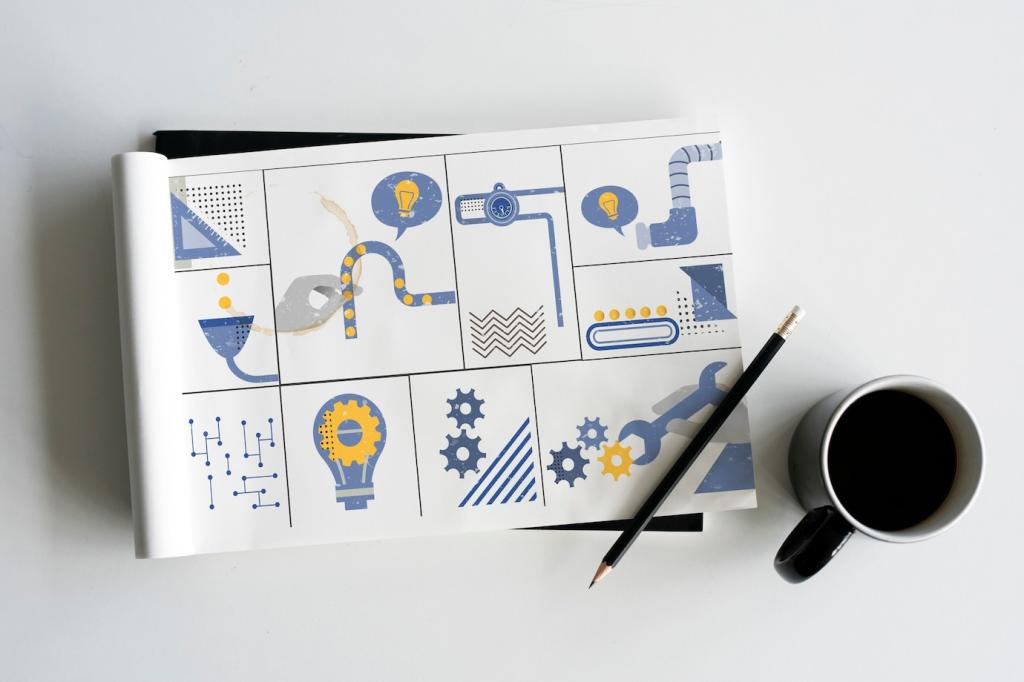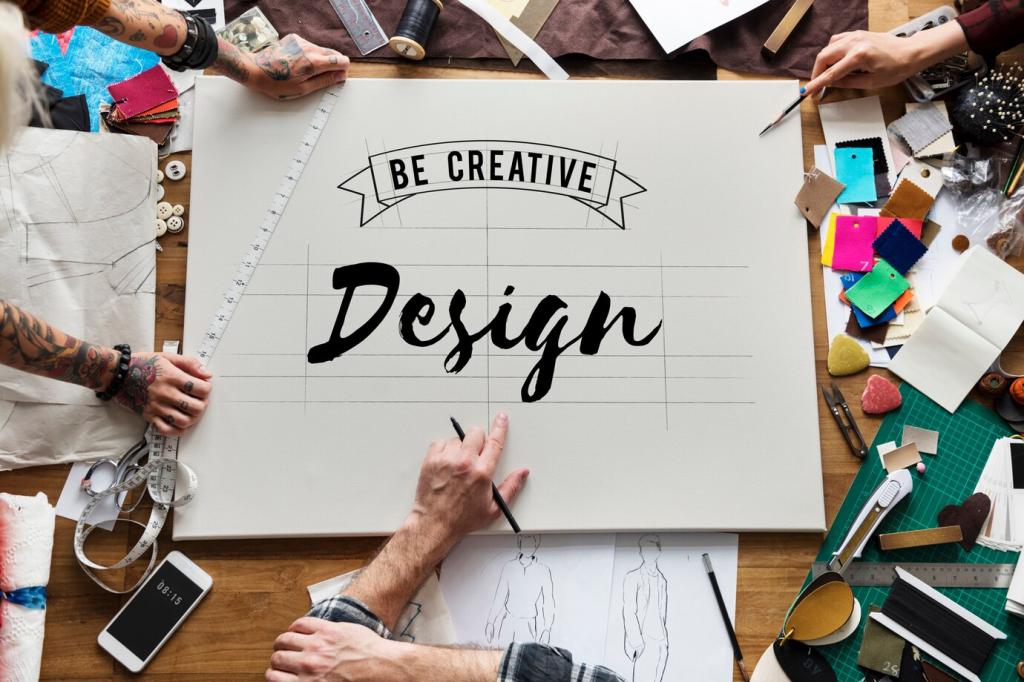Color and Contrast that Carry the Story
Target a minimum contrast ratio near the familiar guideline of 4.5 to 1 for body text. Try deep inky text on warm off white backgrounds and reserve saturated accents for short highlights. Post your palette tests and we will offer friendly feedback.
Color and Contrast that Carry the Story
If photography or material swatches sit beneath text, soften them with a subtle overlay or blur. A gentle 8 to 12 percent dark veil can calm marble veins and wood grain. Share a before and after screenshot so readers can learn from your example.







